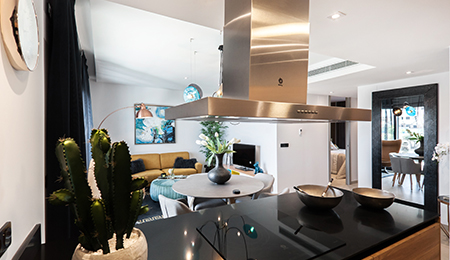Here’s what buyers and sellers need to know about rent-back agreements.
Today we’re going to talk about renting a home back. Typically, renting is something that you want to avoid as a seller, but when you rent a home back, you’ll be renting it from the buyer. This gives you more time to find your new home and transition smoothly into it. Let’s go over some of the specifics and advantages of rent-back agreements.
“A rent-back gives the seller more time to move and makes the buyer’s offer more appealing.”
When you’re renting back, the cost typically falls into three categories. Sometimes the buyer will only charge you $1, so it’s more or less for free. They may base the rent off of the market rates in your area, or they might base it off of the buyer’s down payment and closing costs. No matter what the price is, the buyer effectively becomes a landlord, and the seller becomes a tenant.
From the buyer’s perspective, rent-back agreements make your offer more appealing if the seller needs that time to figure out their move. It can be a bummer because as a buyer, you’ve bought a house, but you can’t live in it yet. Keep in mind that the maximum time for a rent-back agreement is 60 days if you’re using financing on your offer.
Any rent-back scenario needs to be negotiated at closing, not after the fact. Even with that, we see it in a lot of our transactions. Our last three listings all had rent-back agreements in place. One was as short as two weeks, and one was as long as nine months.
If you have any questions about renting a home back or other real estate topics, feel free to call or email me. I would love to help.



